Patch of Wonders
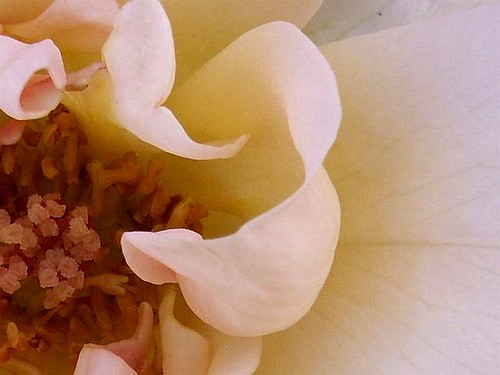
Rose outside the Citrus County Art League
Mary asked, "What do you think of when you hear the word, 'skipper'?"
"Oh," I mused, "jolly fellow, 50-ish, kind of heavy. Crisp white captain's hat. Talks a lot to Gilligan."
I had never really watched Gilligan's Island, and we were talking about bugs. But pretty soon we were trying to remember the names of the characters and reconstruct the theme song, while Mary carefully carried home some delicious-looking wild berries that I'm glad she didn't pop into her mouth, because they might be nightshade....
I had never before heard of Skipper the Bug -- or, as Mary put it, "Not quite butterfly, not quite moth." I got my first look at one in a small, wild patch near the supermarket. Some day I'll get a clearer shot -- this one was whizzing from one lantana to the next. Some of my shots came up empty because by the time I opened the shutter it had already dashed out of frame.
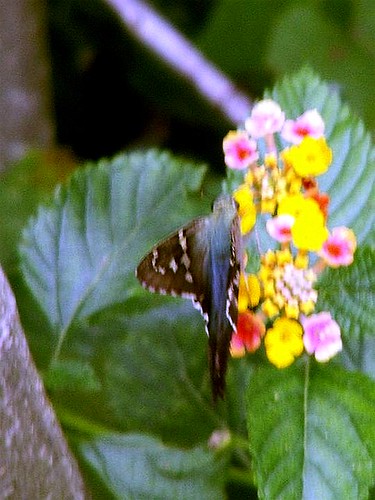
Says Dorothy E. Pugh on her website: "Skippers are not considered to be 'true butterflies,' but they're in the Papilionidea (butterfly) super-family anyway. ... the Long-Tailed Skipper can move steadily and rapidly."
Yep. Lovely, zippy little thing.
Lantanas are some of the prettiest wildflowers around. They belong to the verbena family and bloom year-round in open woods and disturbed areas. According to the USDA Forest Service, a disturbed area is one "where natural vegetation and soils have been removed or disrupted" -- so I suppose the lantana is part of nature's attempt at reclamation.
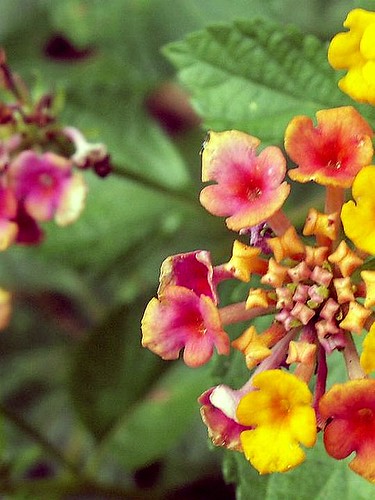
American black nightshade also grows in disturbed areas. Mary's doubtful that these berries are nightshade, whose leaves our field guide describes as, "wavy-edged to coarsely-toothed." These leaves might not be coarse enough to qualify.
The field guide mentions two types of Florida blueberries: the highbush and the shiny. This one doesn't resemble either, and seems most closely to match the nightshade, whose berries range from black to purple.
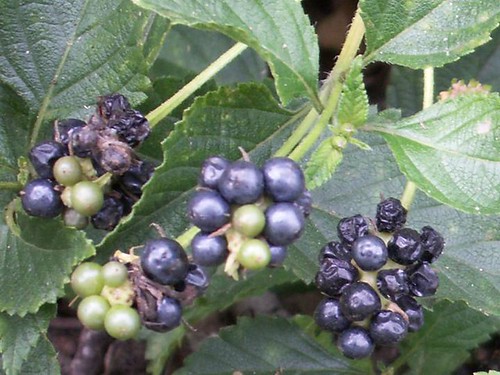
My concern that Mary might have eaten them was not all that far-fetched. She has on occasion sampled flora on our urban walks up north, including unidentified "clover". From her I learned about wood sorrel, lamb's quarters, and purslaine. I adore wood sorrel, which is like a leafy sourball; a second or two after I pop it into my mouth and start chewing I get a fabulous burst of vitamin C. And we knew the locations of several wild mulberry trees (including the sweeter white mulberries) dotted throughout Cambridge, Mass.
I feel like Alice in Wonderland sometimes. Mary will hold out something in her palm and say, "Taste this." Sometimes I staunchly defend my wimpitude and decline. When we switched cable companies and the cable guy met up with a nest of honey ants (also called sugar ants), she tasted one to see how sweet they were. (They are, she said. I believe her.) I did, however, sample the Florida pusley that our local bees like so much, and that our Oxford English Dictionary reports was once considered nutritious fare before it was demonized into a weed.
Near the lantana and the berries we found some shelf fungi, whose exact type I haven't yet been able to determine.
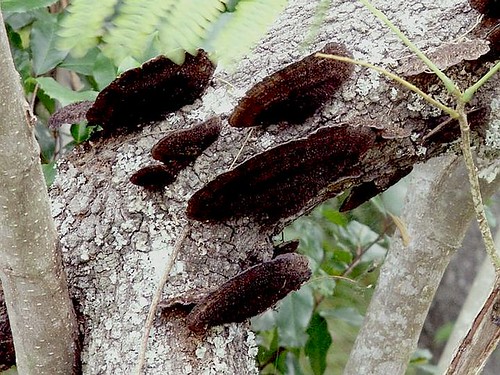
The art league (where I found and photographed the pink rose) was to have held its 40th anniversary gala this weekend, but Hurricane Wilma's caused a postponement. Some performers had planned to fly in from out of state, then decided to sit tight. We're north of the Weather Channel's current projected-path cone, but are barely inside NOAA's cone. I've already driven through near-blinding rain from Wilma's way-outer bands.
That teaches me to have three meetings in two days. This weekend I think I'll just snuggle in -- unless the weather is favorable for another walk with camera in hand.











1 Comments:
I'm always amazed at athe power of culutral impressions. I thought of Gilligan's Skipper too. I hate having stuff like that stored in my mind.
Post a Comment
<< Home